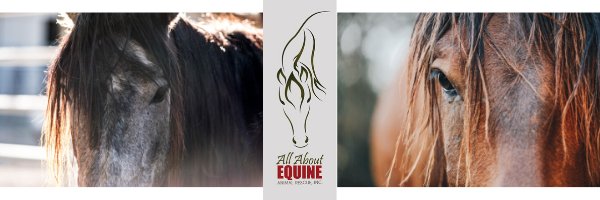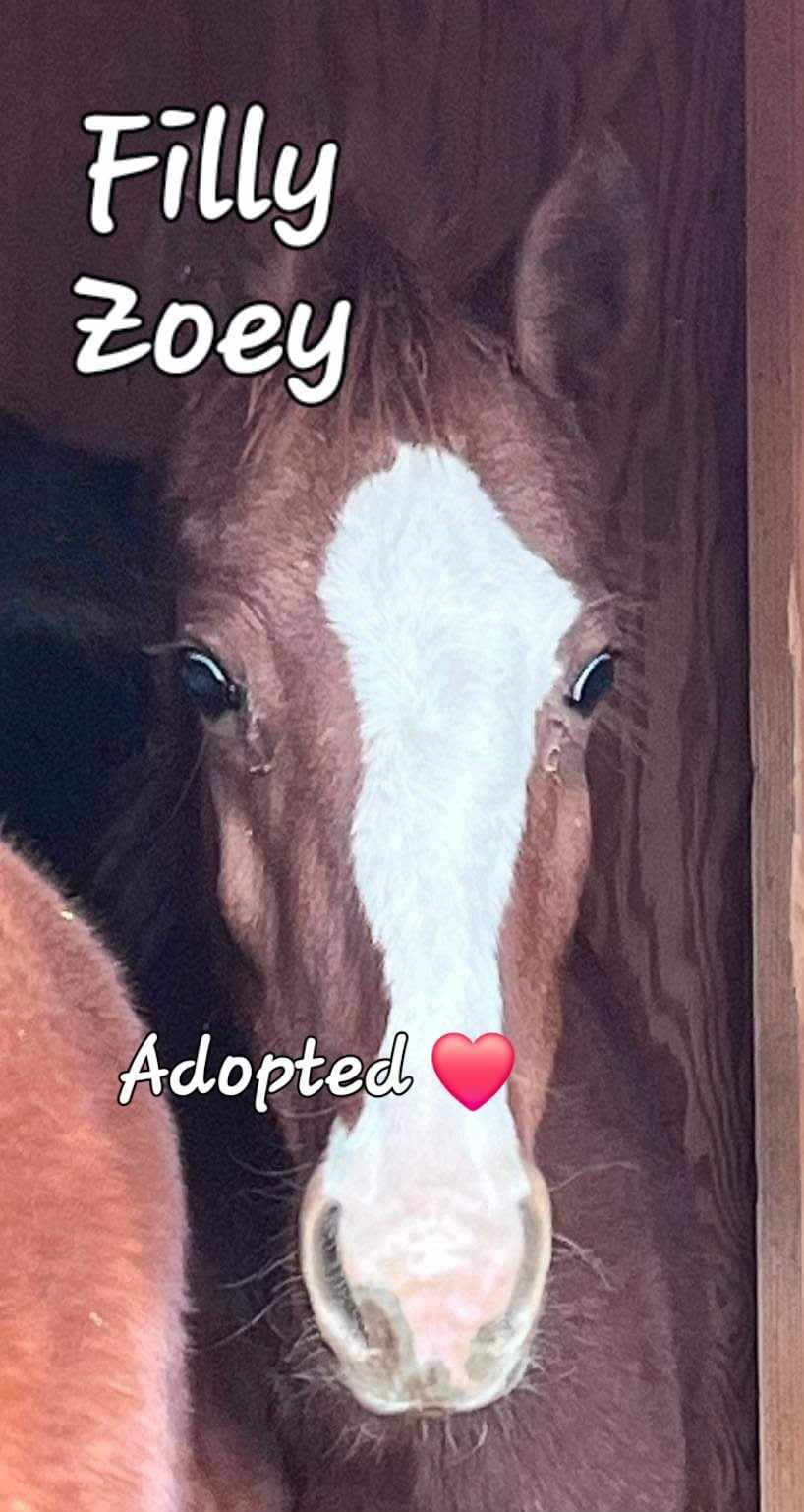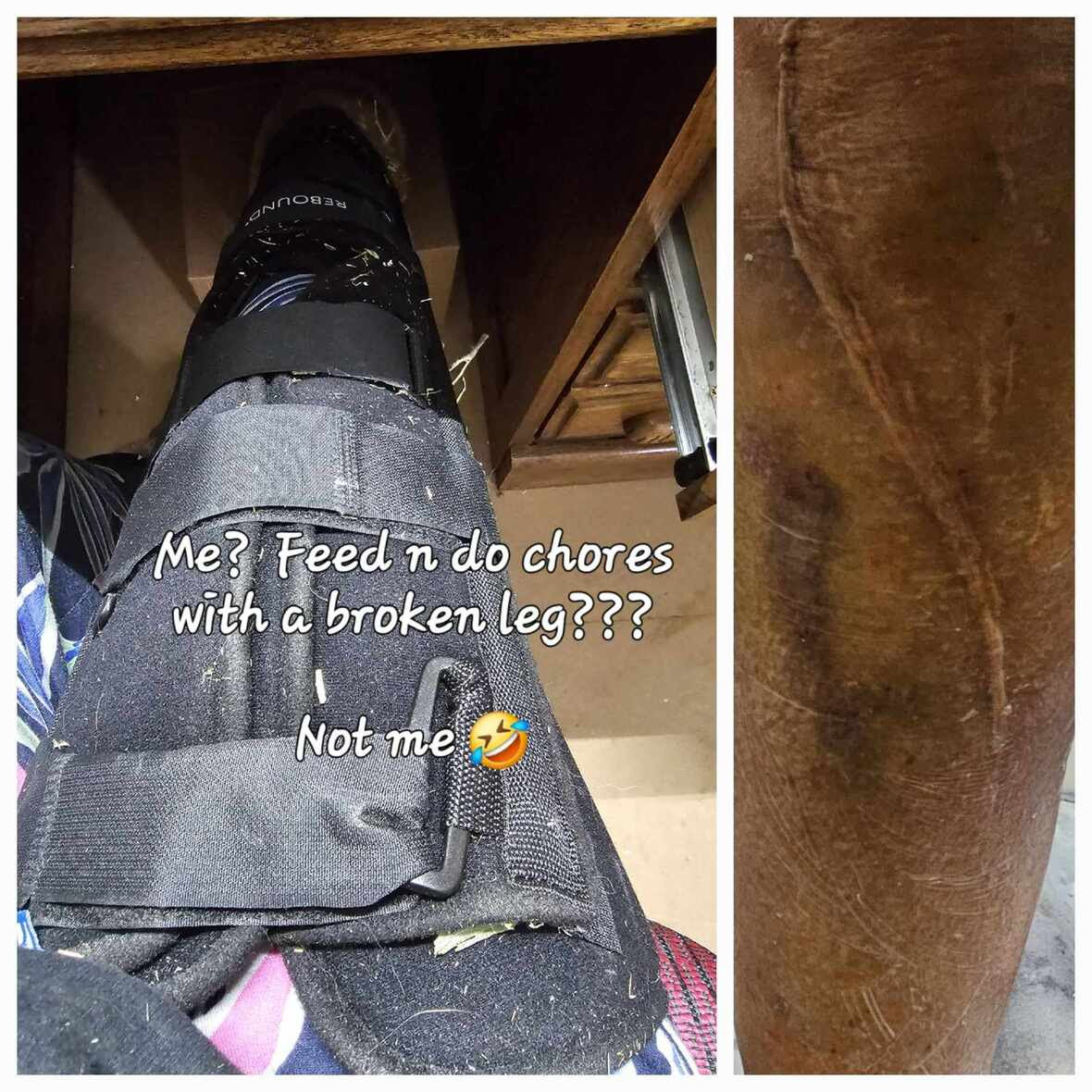The following is from All About Equine Rescue:


As we count down to 2024, join us every day this month as we share stories from the barn that show how your support has helped horses this year and every year.
Georgia is a beautiful and smart girl, it’s no wonder she’s always on our mind!
GEORGIA

Georgia, an 18-year-old Morgan x Mustang mare, came to AAE in May 2020 after her family lost their home in a fire and subsequently struggled with more challenges after the onset of COVID-19. We were told she was a teenagers riding horse.
While at AAE, we expored her knowledge under saddle, and she did well with the basics, but didn’t have extensive experience.

Georgia was a very sweet, uncomplcated mare. She enjoyed people, she enjoyed interaction. She was pretty easy-peasy, and it didn’t take long until she was adopted. Unfortunately, she returned to AAE about three years later, in June 2023, after developing some behaviors that her adopter was unable to manage.
The first few days back were stressful for Georgia, but she quickly settled back in to life at AAE. A previous AAE adopter was visiting the Pilot Hill property and saw Georgia in quarantine. They made an instant connection and the rest is history! She was here, then she wasn’t!

Georgia lives with her new equine pal, Roxie (AAE alum), and together they have been hitting the trails with their human friends. The pair also is helping little humans to learn about riding!

As we wind down the year, our goal is to raise at least $35,000 this holiday season to jump start our funding for the new year and make sure 2024 is merry & bright for horses-in-need.
Like you, we have felt the pressure of the changing economy. Hay, fuel, supplies, and other care costs have increased substantially. The effects are compounded for nonprofits across the country, as many of us have seen a decrease in overall donations. Rising costs and fewer donations are stretching us thin, impacting our ability to serve the number of horses we typically serve. We’ll scale back as we need. We need your support more than ever.
On average, it costs about $8 per horse each day for feed and health care for the horses at AAE. Expenses add up quickly when caring for 50+/- horses and other animals, including costs for basic care, diagnostics, treatments, medications, surgery, and emergency care, when needed.
We know your lives have been impacted, too, we’re all in this together. If you’re able, please consider making a year end donation to support this life-saving work and make it possible to help more horses-in-need.
Expenses can add up quickly, but your donations can, too! If every one of our followers made a $5 donation, we could surpass our goal by thousands.
You can help make similar stories to share next year by donating today. Any amount is very much appreciated, and it makes a big difference for the horses.
Donate
Ways to Give This Holiday Season
(1) Set up a bill pay with your bank for a one-time (or recurring) donation
(2) Mail a check to:
All About Equine Animal Rescue
2201 Francisco Drive #140-174
El Dorado Hills, CA 95762
(3) Drop off your donation at:
AAE Used Tack Store
4050 Durock Road #6
Shingle Springs, CA 95682
(4) Donate online using a credit card, Venmo, or PayPal by clicking hereor any of the red “Donate” buttons
(5) Text HOPE4HORSES to 53-555
(6) Venmo your donation to @allaboutequine
Donate
 A New Way to Give
A New Way to Give
Start your own fundraiser on behalf of AAE! Then ask friends and family to donate as a gift for your birthday, Christmas, or just because, and help the horses of AAE! Click here to get started. If you have any questions, please email mccall@allaboutequine.org

Your donations, volunteering, adopting, and social media shares & likes really do make a difference and make all of this work possible!
Thanks for your gracious and continued support of AAE!


















 A New Way to Give
A New Way to Give


 Happy Holidays!
Happy Holidays!